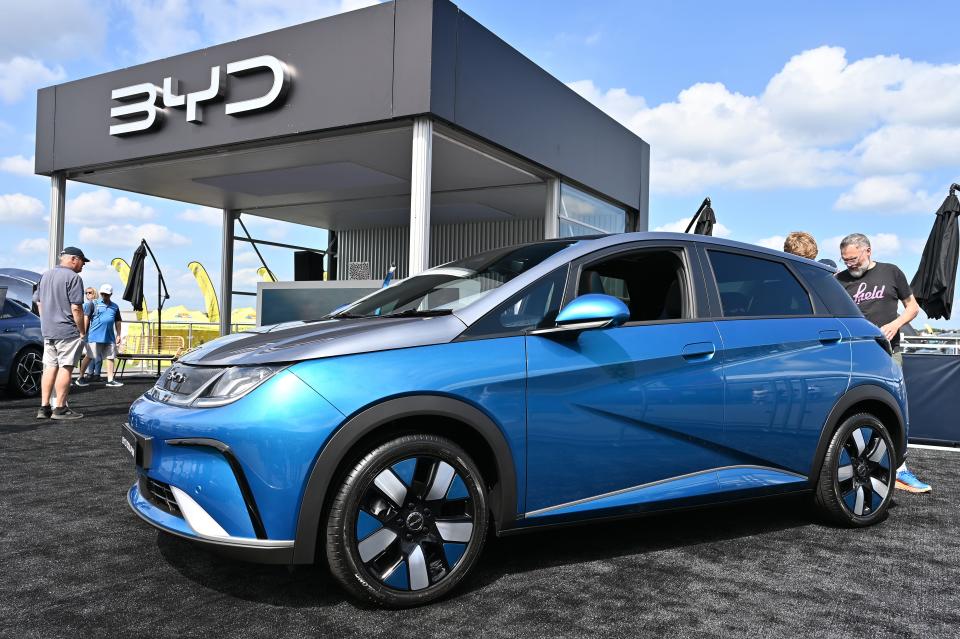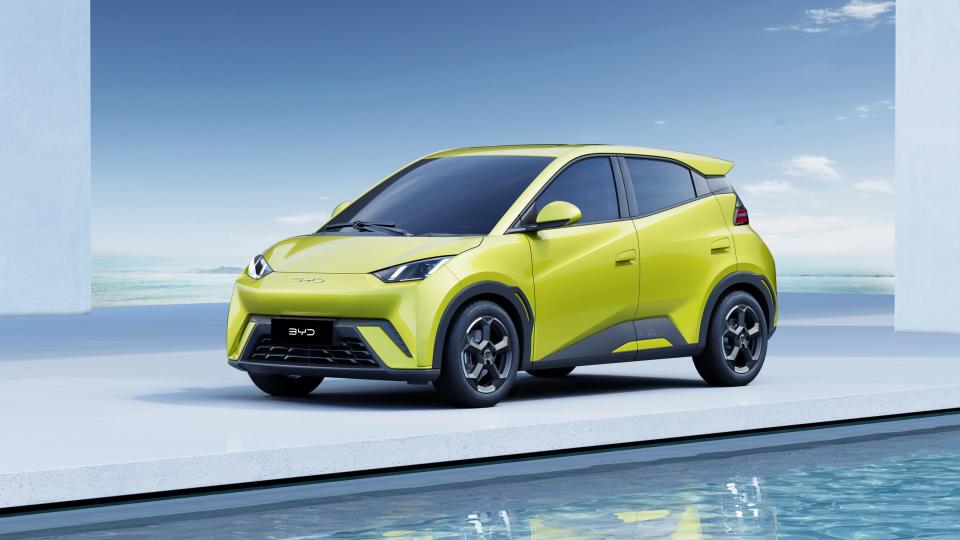China spends at least $230 billion trying to win the EV race, study finds

China has spent at least $230 billion on becoming an EV superpower, according to a new study.
China is now the world's biggest EV market, with firms like BYD fast expanding overseas.
Fears of a flood of cheap Chinese vehicles have pushed Europe to impose new tariffs.
China has spent at least $230 billion on government support to electric vehicle makers such as BYD since 2009, according to a new study from the Centre for Strategic & International Studies think tank.
The funding has played a crucial role in nurturing China's booming EV industry, which has prompted Europe to raise trade arriers amid fears of a wave of cheap EV exports.
The European Union last week announced additional tariffs of up to 38% after concluding that Chinese firms were benefiting from unfair subsidies, allowing them to sell vehicles at far lower prices than their European rivals.
Government subsidies have been a central pillar of China's quest to become an EV powerhouse over the past decade.
China is now the world's largest electric vehicle market, accounting for 60% of global EV sales in 2023, per the IEA — well above rivals like the US and Japan.
Many of its biggest companies are now making their mark on the global stage, with industry leader BYD briefly overtaking Tesla as the world's largest EV producer late last year.
Data from CSIS showed that government support for China's electric vehicle market roughly tripled between 2017 and 2020, and hit before rising to an eye-watering $45 billion a year in both 2022 and 2023.
EV makers in China can get government support through several routes, including infrastructure subsidies, tax exemptions, and buyer rebates.
CSIS said the $230 billion figure was probably an underestimate, as it did not include support from regional governments, many of which have invested heavily in local EV companies. It also excluded subsidies for other parts of the EV supply chain such as battery manufacturing.
Intense competition
Battery giant CATL, which controls about a third of the global market, received $809 million in government subsidies last year, CSIS estimated, double the sum in 2022.
Massive government support has cultivated intense competition among China's legion of EV companies, which in turn has led to low prices. BYD's Seagull hatchback, one of the best-selling EVs, starts at less than $10,000 in China.

By comparison, most EVs sold in the US are more expensive models, leaving America lagging behind China on the switch to electric.
The Biden administration launched its own round of government support for electric vehicles through the 2022 Inflation Reduction Act (IRA), which includes tax credits on US-made EVs that add up to a $7,500 subsidy.
A study by Penn Wharton University published last year found that all the clean vehicle provisions in the Act would cost about $393 billion between 2023 and 2032.
Read the original article on Business Insider

 Yahoo Autos
Yahoo Autos 